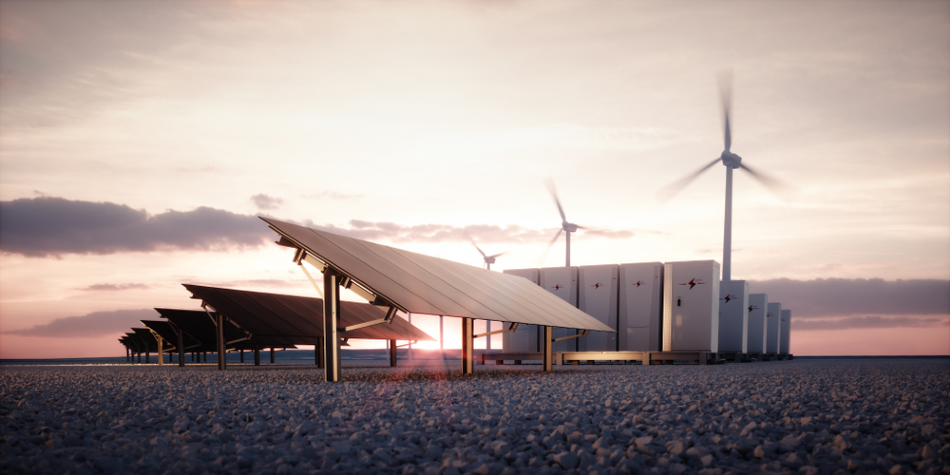
Image Credit: petrmalinak/Shutterstock.com
The world is running low on its resources of non-renewable energy sources. Global governments and organizations are setting much-needed targets to reduce emissions to protect the planet from the damaging impact of global warming. Finally, as technology continues to rapidly evolve, and the world’s population continues to rise, the demand for technology is snowballing alongside this. For these reasons, renewable energy has become a key focus.
However, its intermittent nature has been a barrier to widespread adoption. Due to natural energy sources not being available around the clock, such as the sun and wind, it is difficult to rely on them to provide 100% of the power source, especially in regions that don’t have an abundance of these sources. Fortunately, scientists are developing energy storage solutions to save the energy produced by these intermittent sources so that together with their storage devices, renewables can provide a reliable energy source.
Pumped Storage Solutions for Intermittent Renewable Energy
Pumped-hydro energy storage is one of the best options for the storage of intermittent renewable energy. It works by using the surplus of energy generated by renewable sources when the input exceeds that of what is needed to power pumps that take seawater to a reservoir positioned at a higher altitude.
When energy input from the renewable source is low and further power is needed, water can be released from the reservoir, and, as it flows back down from its high altitude storage reservoir, it builds speed. The powerful flow of water then turns a turbine to power a generator. Big projects are currently being set up around the world, most notably in Australia, who have invested much in this type of storage to support cheap and fully renewable energy grids.
Batteries as a Main Source of Energy Storage
Batteries are currently the main source of energy storage. They are favorable because they can store large amounts of power from renewable sources and can be adding into infrastructure relatively easily. Now, the technology is expected to be even easier to adopt, as researchers at the U.S. Department of Energy's Lawrence Berkeley National Laboratory have announced their development of new giant batteries, designed for use on the electrical grid. They’re called flow batteries and will store energy in tanks of liquid electrolytes.
Sector Coupling in the Energy Sector
Sector coupling is the idea of integrating all energy-consuming sectors with the energy generation sector. It is the concept of sharing energy between various sectors, intending to create an “all-electric world”. It was first developed in Germany to provide a solution to the fact that the electricity sector was being rapidly decarbonized, whereas other sectors were proving more difficult to decarbonize.
The process of sector coupling involves the electrification of main sectors, such as transport, households, and industry through the grid. The production of hydrogen and methane from renewable sources, and the storage of energy through pumped hydro, batteries and gases. End users are then supplied with renewable gases and electricity is produced from hydrogen.
The Future of Energy Storage
The future will likely see the development and improvement of the above-discussed energy stores due to the necessity to support the widespread adoption of renewable energy. In addition to pumped storage, batteries and sector coupling, we should also expect to see developments in other alternative forms of intermittent energy storage, such as hydrogen and liquefied air.
Hydrogen has become a popular form of energy storage, with renewable sources powering electrolysis to split hydrogen from water, which is stored and combusted when needed. Also, the UK has been looking into liquefied air as a source of stored energy for buildings. These two forms are also likely to see major developments alongside pumped storage, batteries and sector coupling.
References and Further Reading
https://www.cleanenergywire.org/factsheets/sector-coupling-shaping-integrated-renewable-power-system
https://www.cleanenergywire.org/dossiers/energy-storage-and-energiewende
https://www.sciencealert.com/scientists-spot-530-000-potential-pumped-hydro-sites-to-meet-all-our-renewable-energy-needs
https://www.sciencedaily.com/releases/2019/11/191107093930.htm
Disclaimer: The views expressed here are those of the author expressed in their private capacity and do not necessarily represent the views of AZoM.com Limited T/A AZoNetwork the owner and operator of this website. This disclaimer forms part of the Terms and conditions of use of this website.